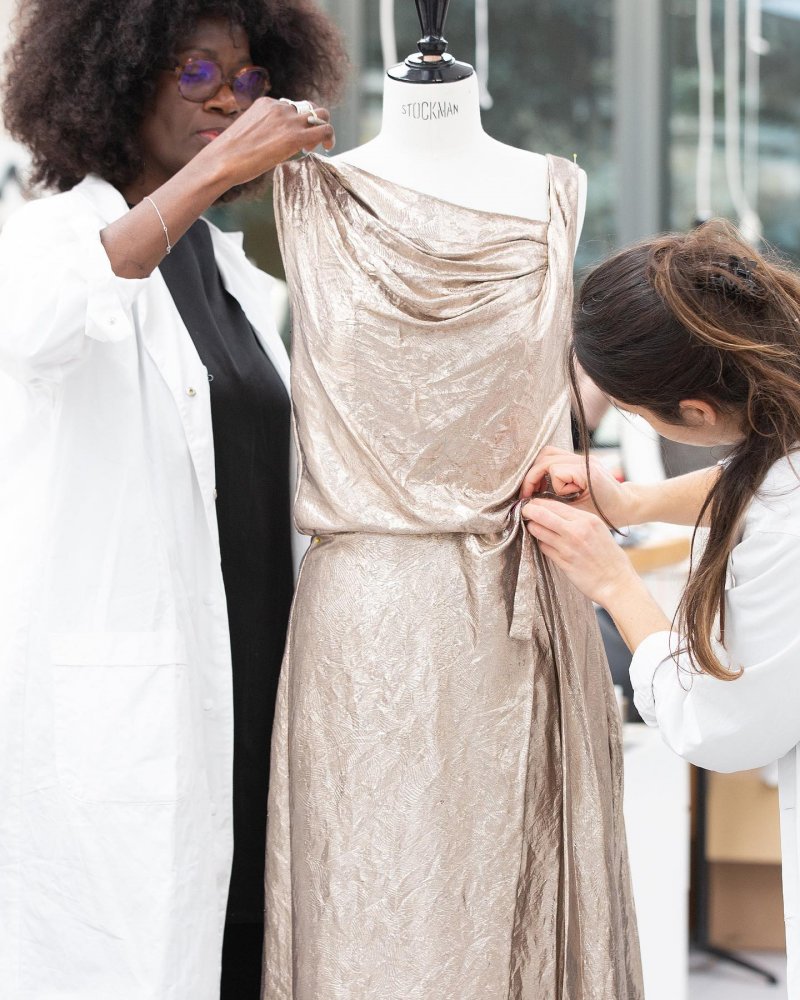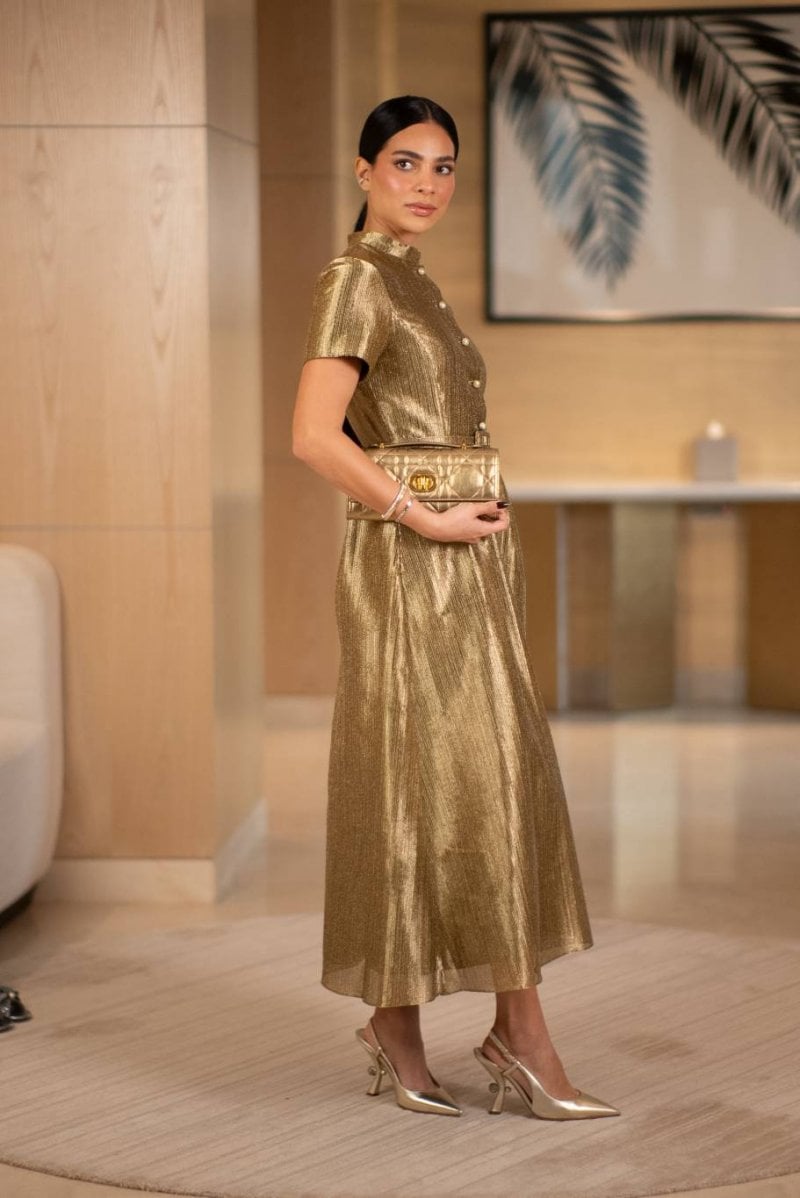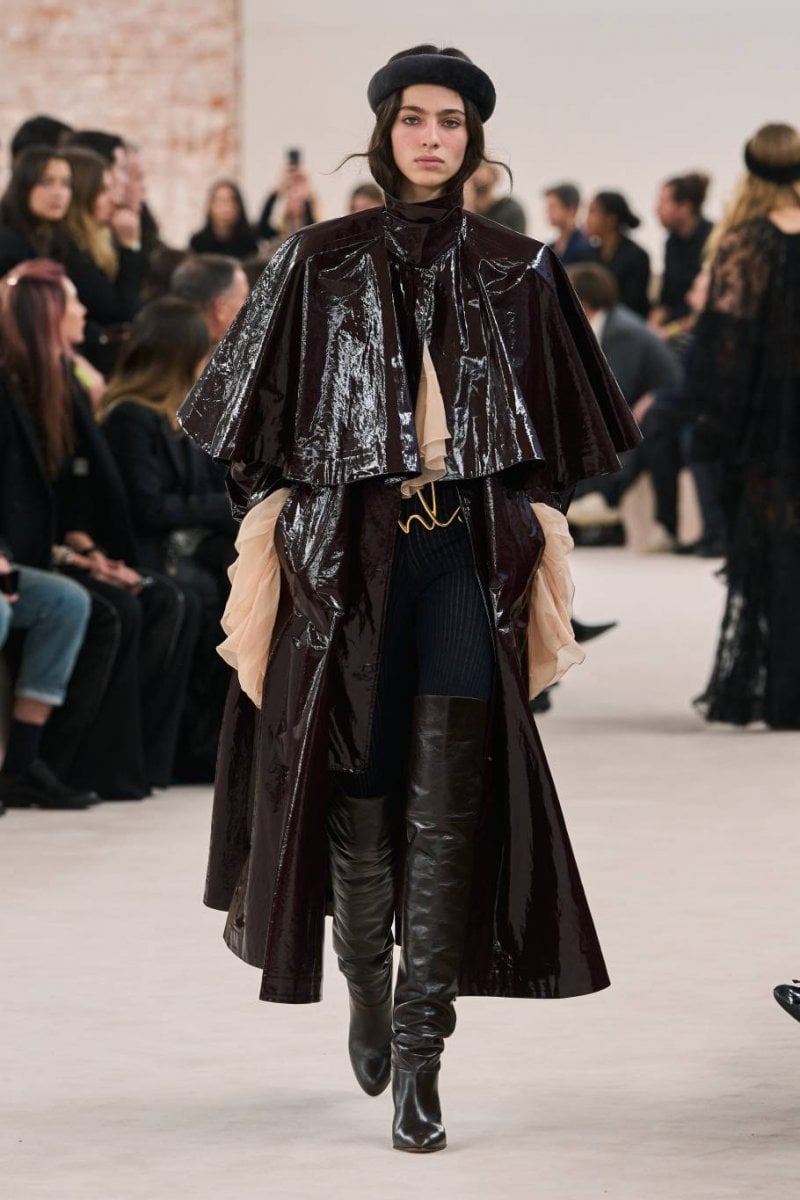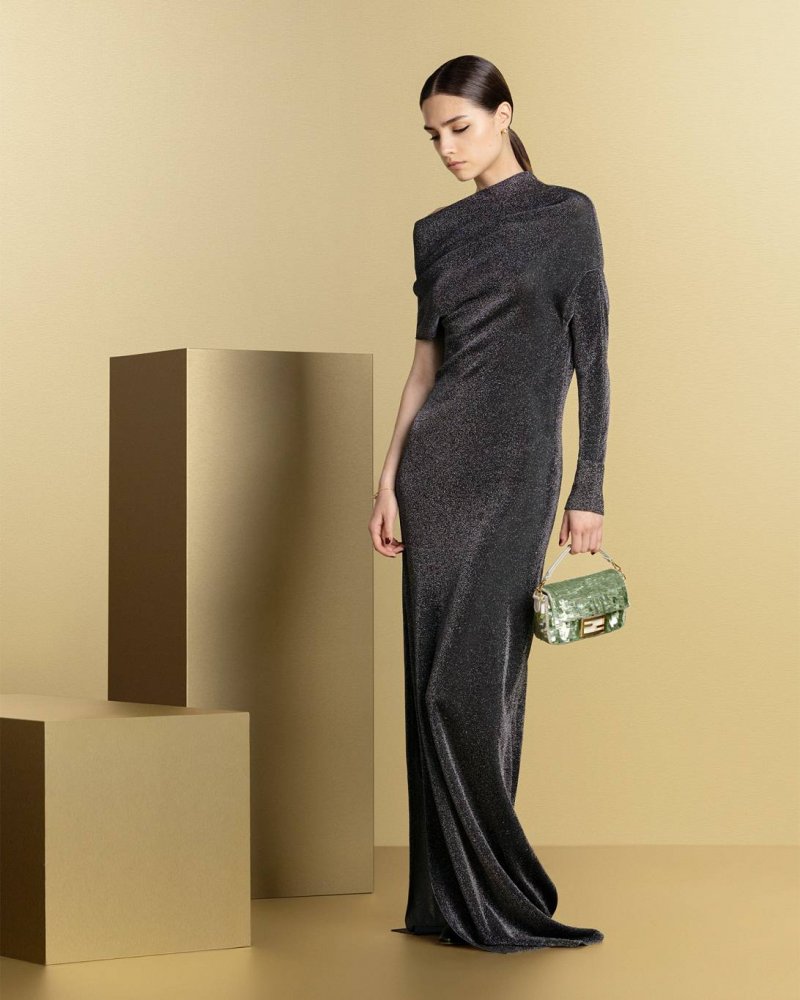Cover Photo Courtesy of Instagram.com/dior
Today, clothes have become one of the most important essentials in a human’s life and behind them, lies a long history of innovation and development. Before clothes was the production of textiles and fabrics, which dates back to prehistoric times. And like in every story, there were some inventions in modern fashion that marked the evolution of textiles and fabrics used to create attires.
Stretch fabric debuted its journey in the 1970s, leading to the creation of a fashion icon reminiscent of Women’s Liberation Movement. In 1972, Belgian designer Diane Von Furstenberg used jersey to give the iconic wrap dress – which already existed – its fair share in the fashion scene by making it, through its long sleeves, deep V-neck, bright hues and patterns, a symbol of effortless, feminine and powerful style. This smooth, super stretchy and light-weight fabric was made of cotton, wool and synthetic fibers, and was originally used to create underwear. Prioritizing comfort for women, Gabrielle Chanel also used it to create her famous jersey dresses and justified her idea by saying: “I make fashion women can live in, breath in, feel comfortable in and look younger in.”
Initially made as workwear for miners, farm laborers, and polo players, denim is one of today’s most used fabrics. Jacob Davis, who is a tailor based in Nevada, and Levi Strauss – a merchant who was based in San Francisco, created this fabric to design sturdy trousers fit to resist these harsh jobs and when orders largely increased, they got in touch with each other for help in meeting the demand and patented these pants on a later stage. The classic blue jeans take their color from the Indigo dye on the outer layer of the fabric. With time, they became faded and torn, catching the attention of fashion enthusiasts who fell under their unique charm and made of them a rage that still takes over the fashion scene until today.
As for Spanish designer Cristobal Balenciaga, he explored textile technologies to develop new fabrics with exceptional characteristics, and it was this idea that led to the creation of ‘silk gazar’ in the 1960s in collaboration with Swiss textile firm Abraham. Thicker and more flexible than regular silk, it met Balenciaga’s expectations of a fabric that gleams, is light-weight, and holds the shapes he sketched – reflecting a strong personality that perfectly embodies the brand’s style.
The list goes on and on, and these 3 fabrics are nothing but a few examples of modern-day’s innovation in fashion. From sportswear textiles to sustainable fabrics that take over the scene nowadays, the world awaits what fashion could still have in store.
Article Written by Mirella Haddad











